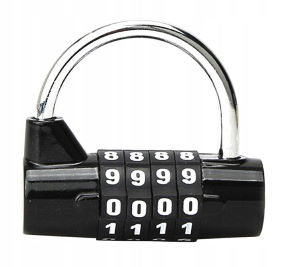Preparando MOJI
Luca has a cypher made up of a sequence of $$$n$$$ wheels, each with a digit $$$a_i$$$ written on it. On the $$$i$$$-th wheel, he made $$$b_i$$$ moves. Each move is one of two types:
 Example for $$$n=4$$$. The current sequence is 0 0 0 0.
Example for $$$n=4$$$. The current sequence is 0 0 0 0. Luca knows the final sequence of wheels and the moves for each wheel. Help him find the original sequence and crack the cypher.
The first line contains a single integer $$$t$$$ ($$$1 \leq t \leq 100$$$) — the number of test cases.
The first line of each test case contains a single integer $$$n$$$ ($$$1 \leq n \leq 100$$$) — the number of wheels.
The second line contains $$$n$$$ integers $$$a_i$$$ ($$$0 \leq a_i \leq 9$$$) — the digit shown on the $$$i$$$-th wheel after all moves have been performed.
Then $$$n$$$ lines follow, the $$$i$$$-th of which contains the integer $$$b_i$$$ ($$$1 \leq b_i \leq 10$$$) and $$$b_i$$$ characters that are either $$$\texttt{U}$$$ or $$$\texttt{D}$$$ — the number of moves performed on the $$$i$$$-th wheel, and the moves performed. $$$\texttt{U}$$$ and $$$\texttt{D}$$$ represent an up move and a down move respectively.
For each test case, output $$$n$$$ space-separated digits — the initial sequence of the cypher.
339 3 13 DDD4 UDUU2 DU20 99 DDDDDDDDD9 UUUUUUUUU50 5 9 8 310 UUUUUUUUUU3 UUD8 UUDUUDDD10 UUDUUDUDDU4 UUUU
2 1 1 9 0 0 4 9 6 9
In the first test case, we can prove that initial sequence was $$$[2,1,1]$$$. In that case, the following moves were performed: